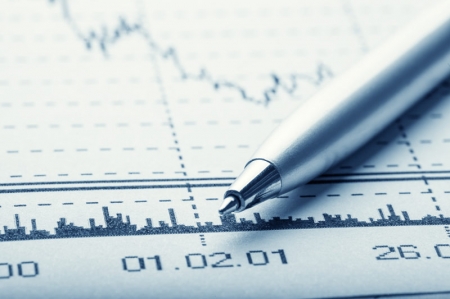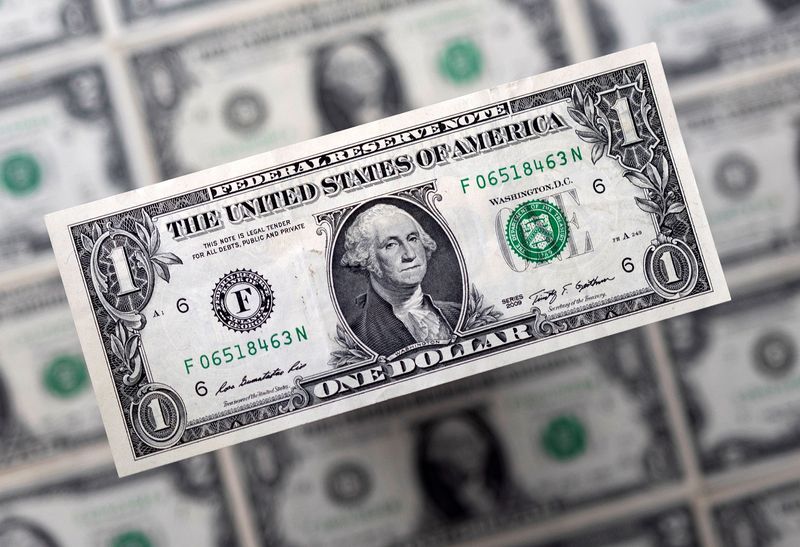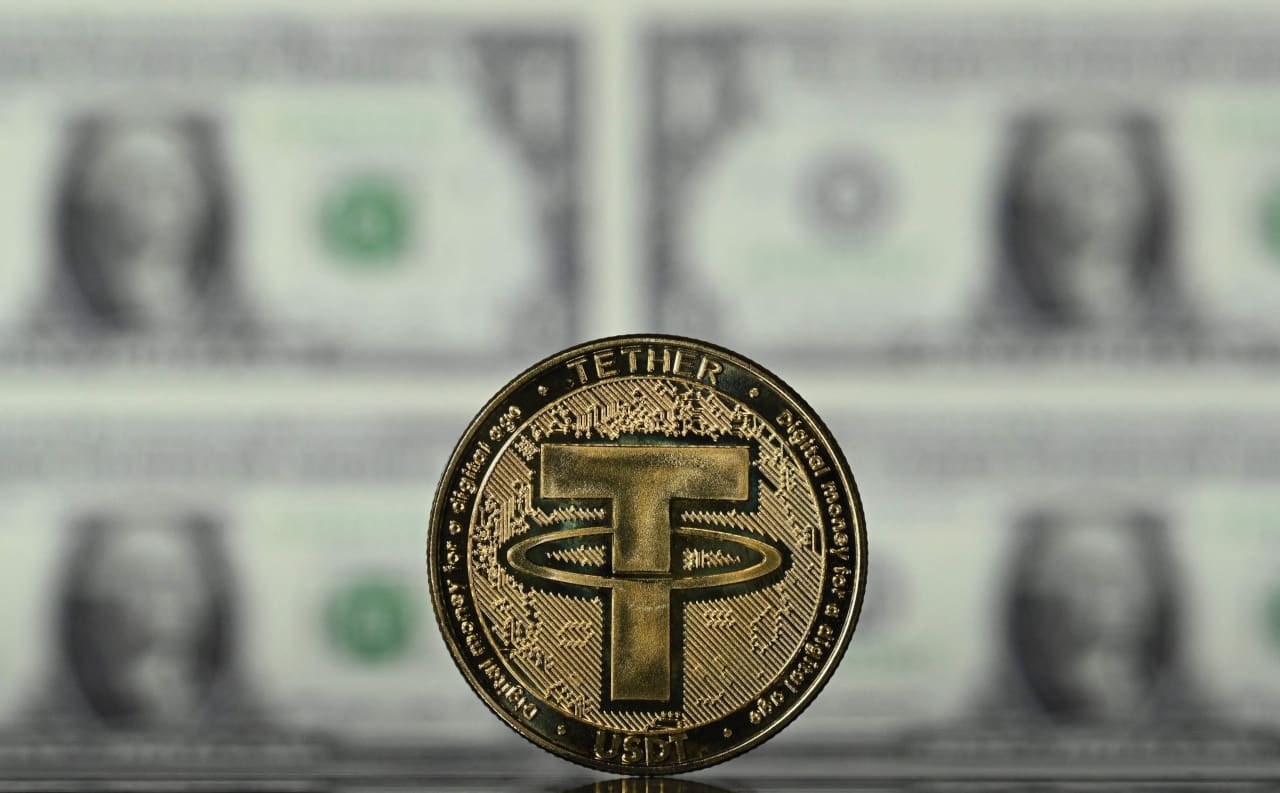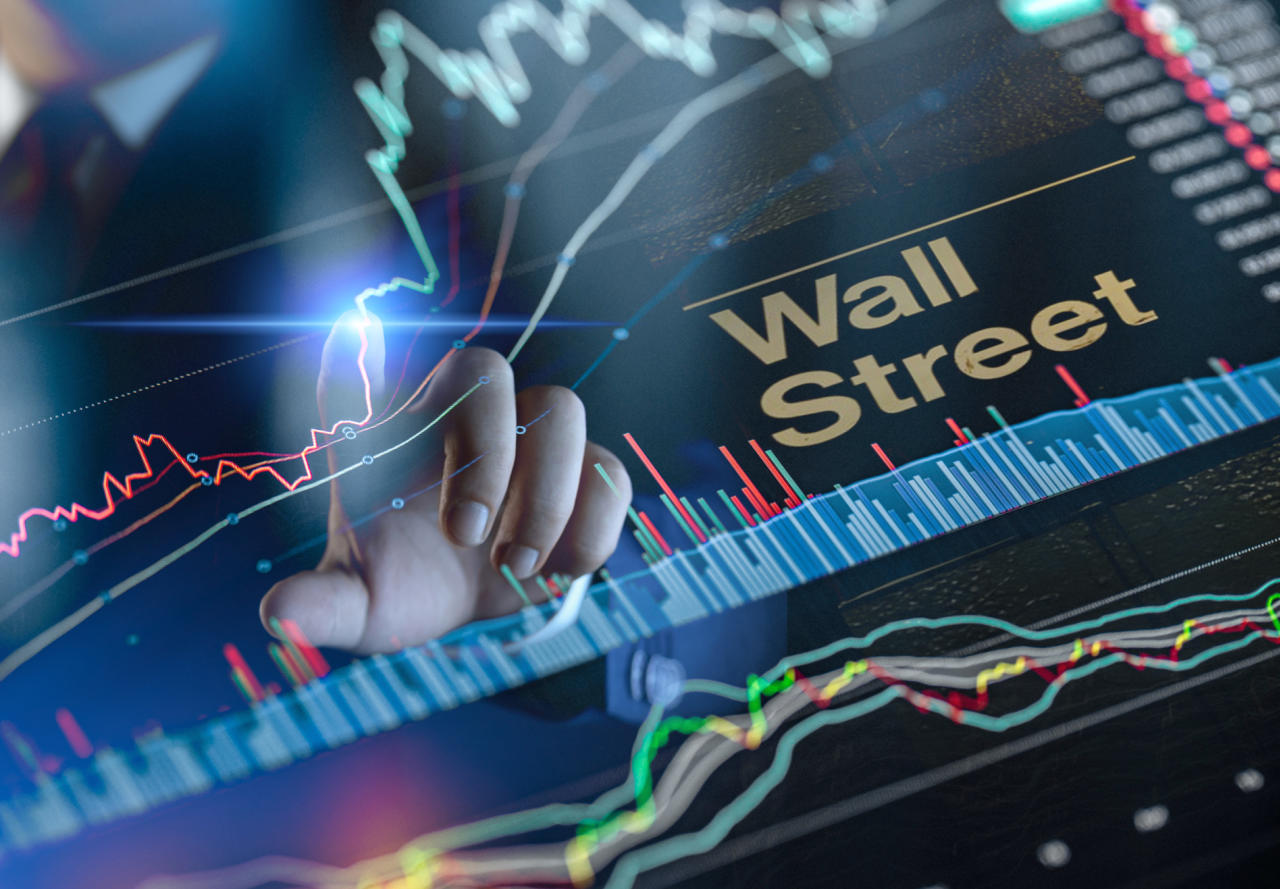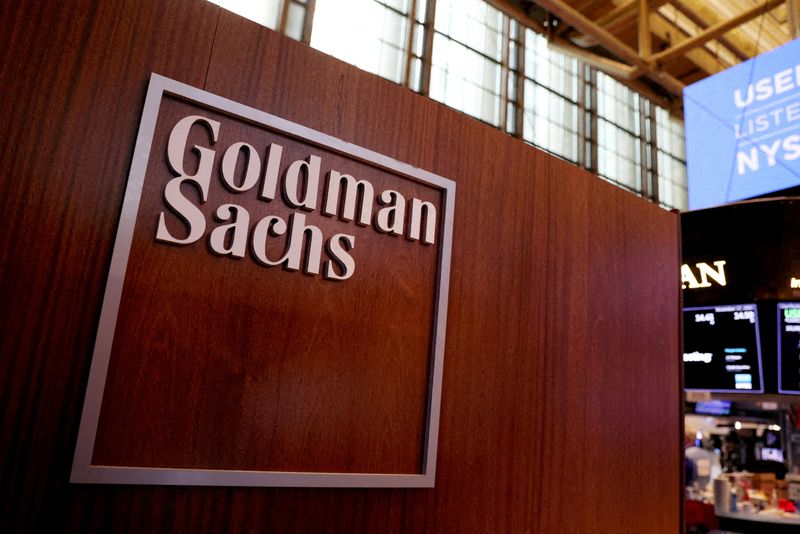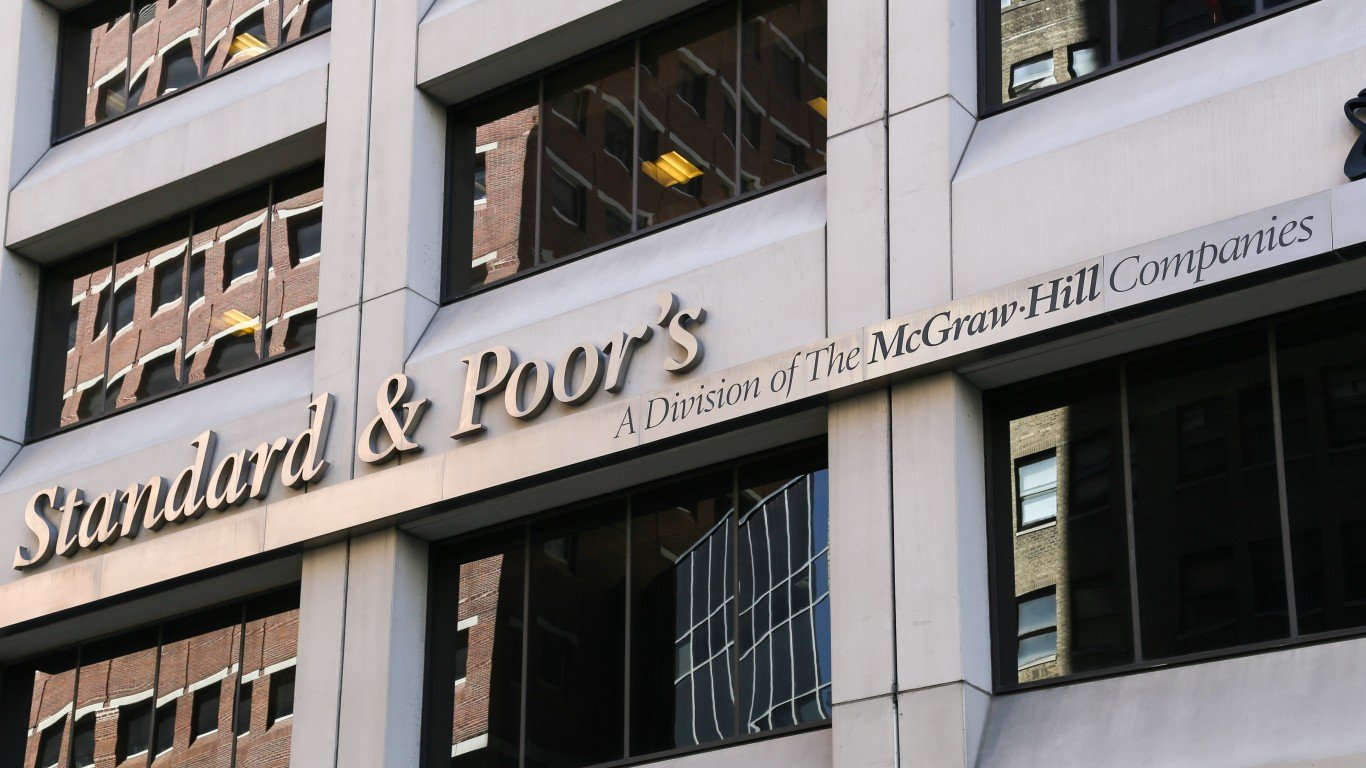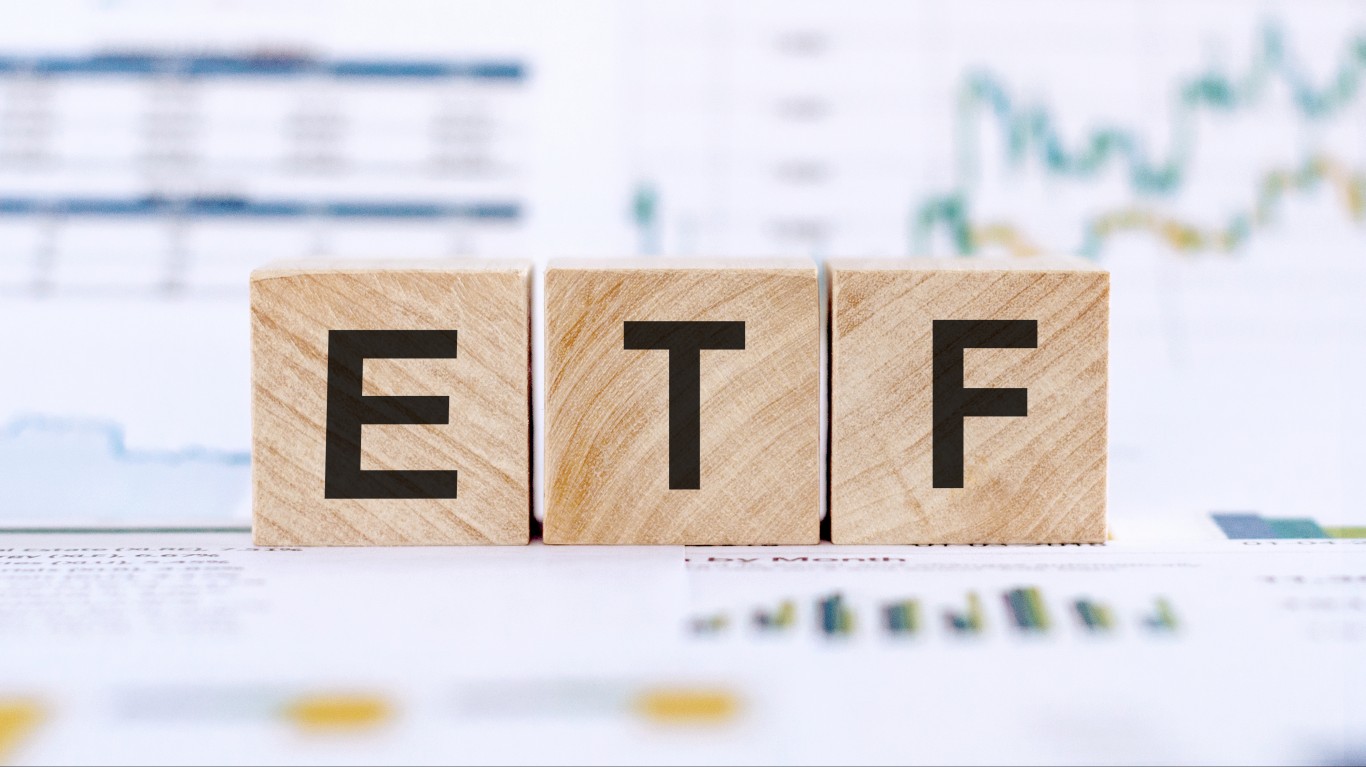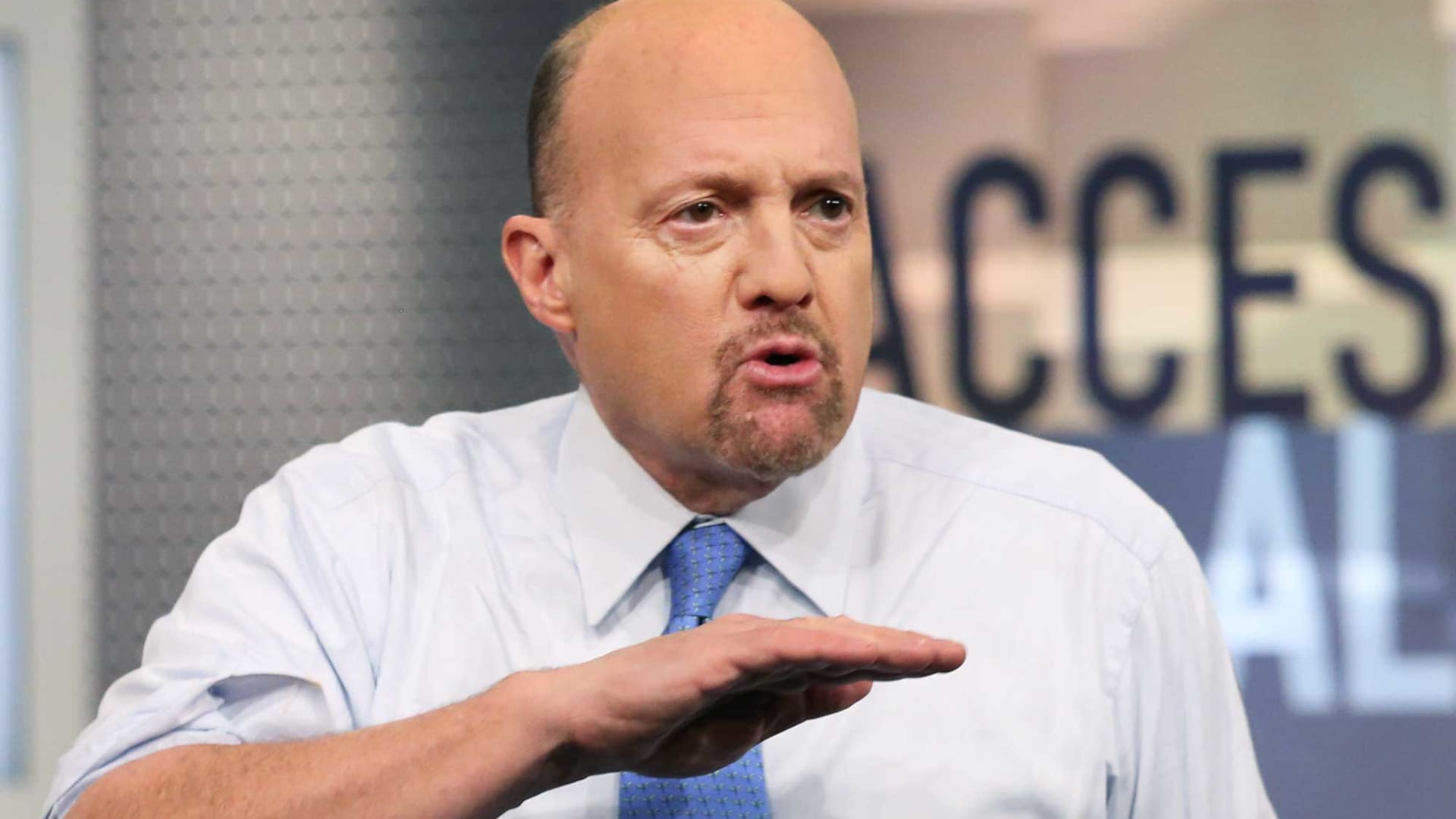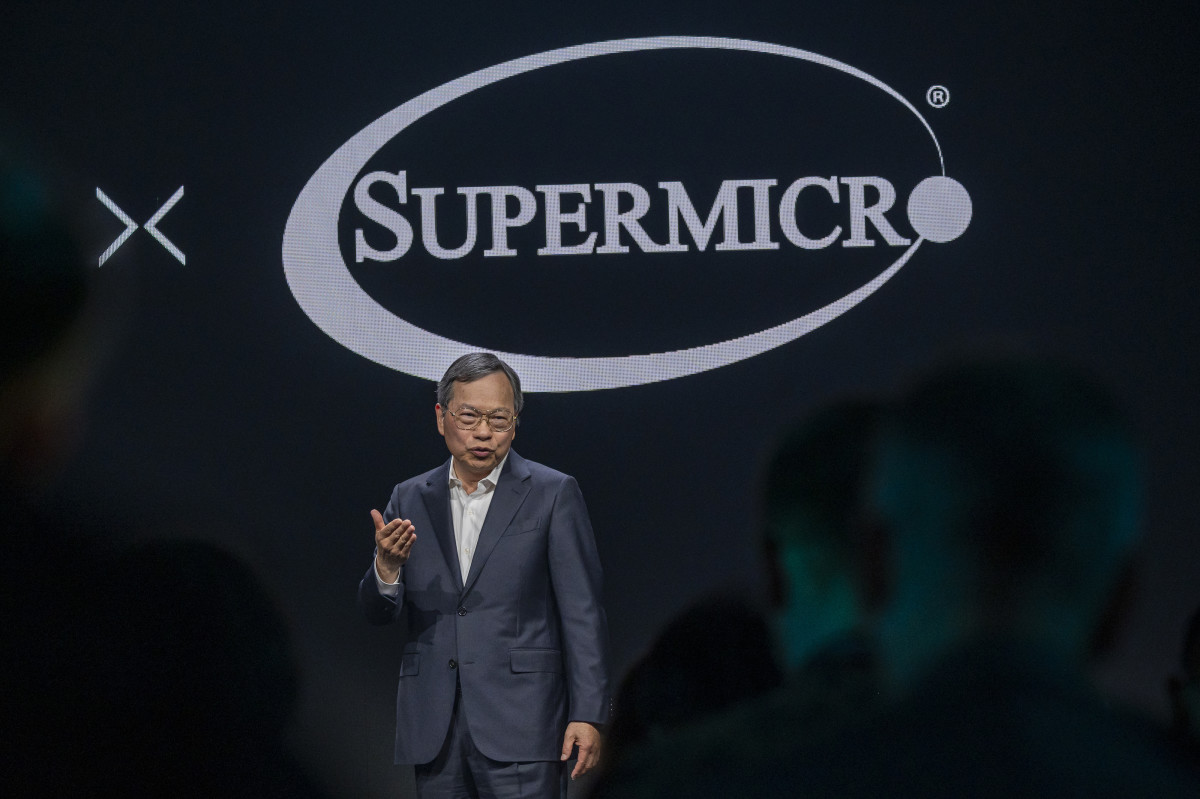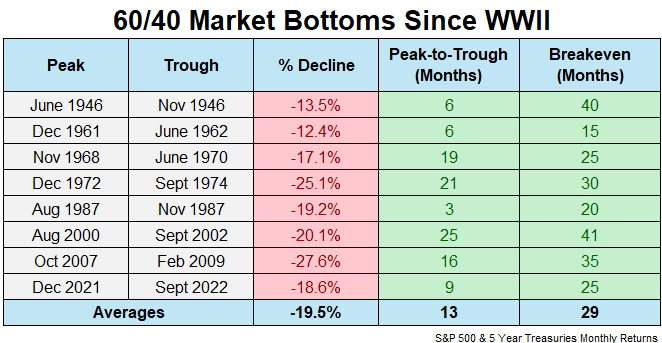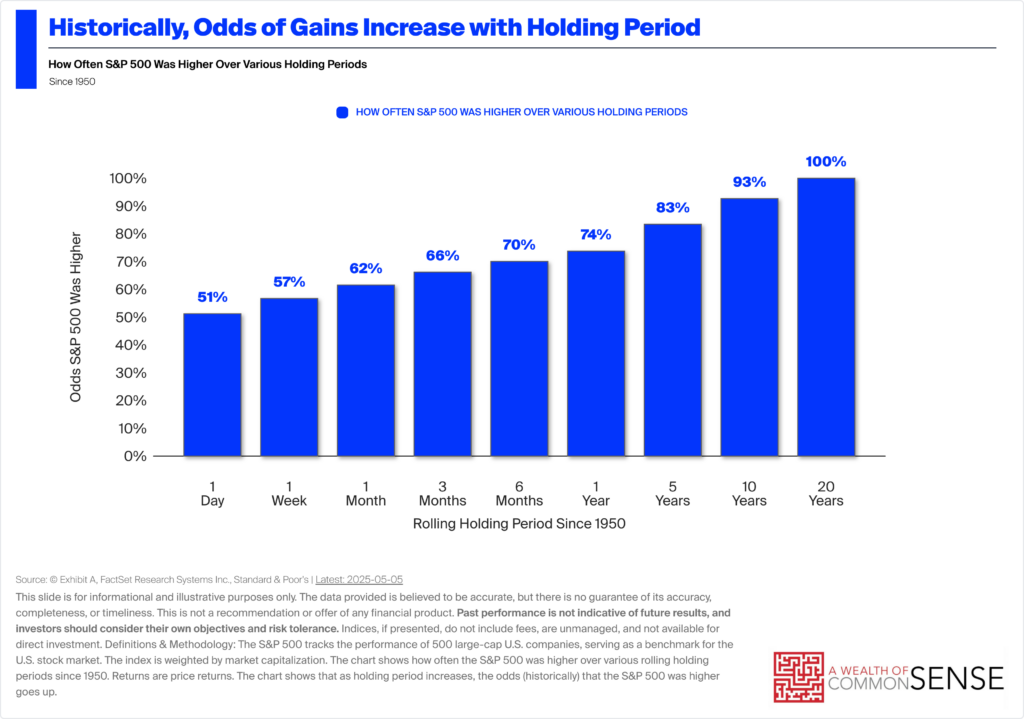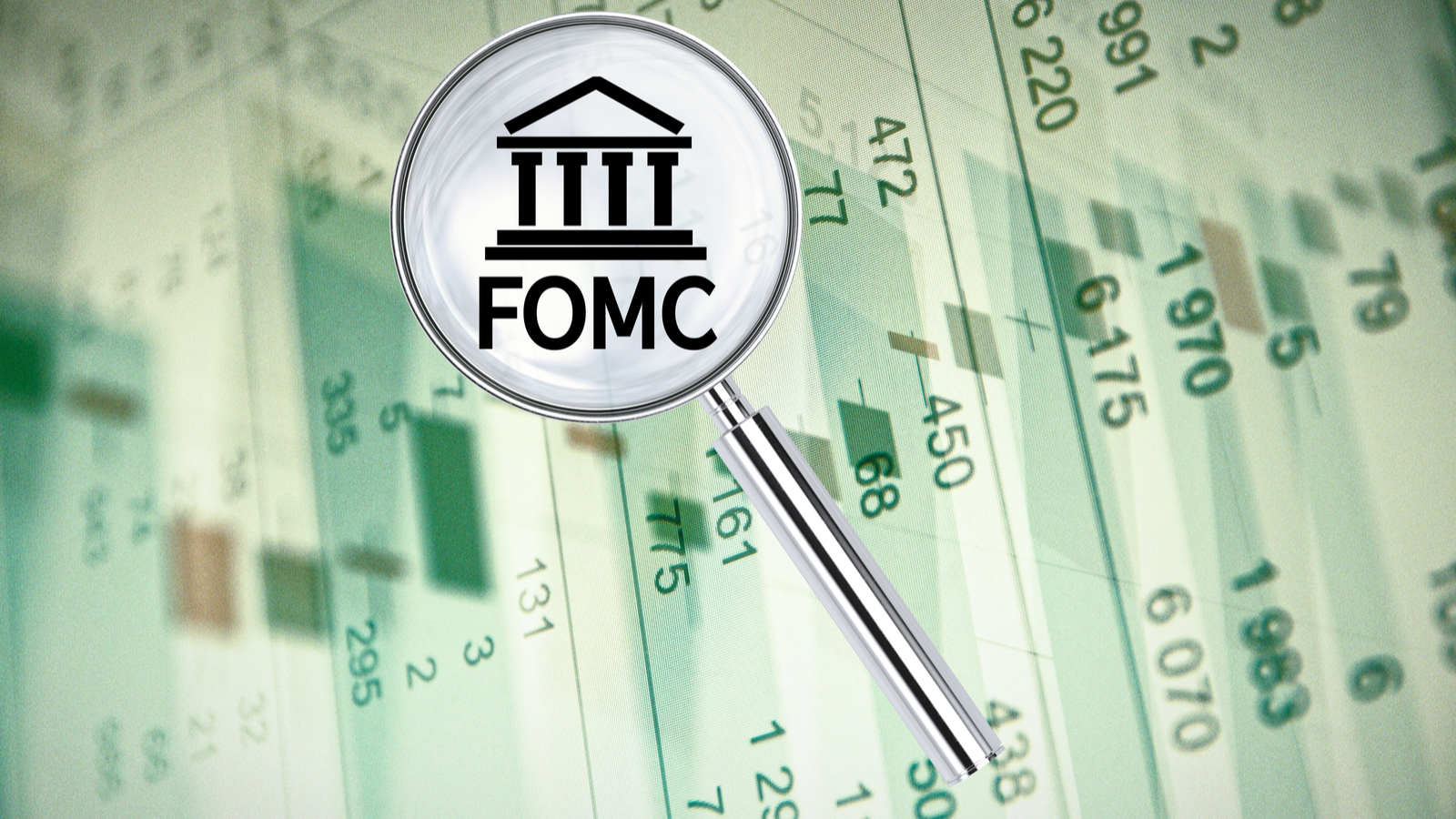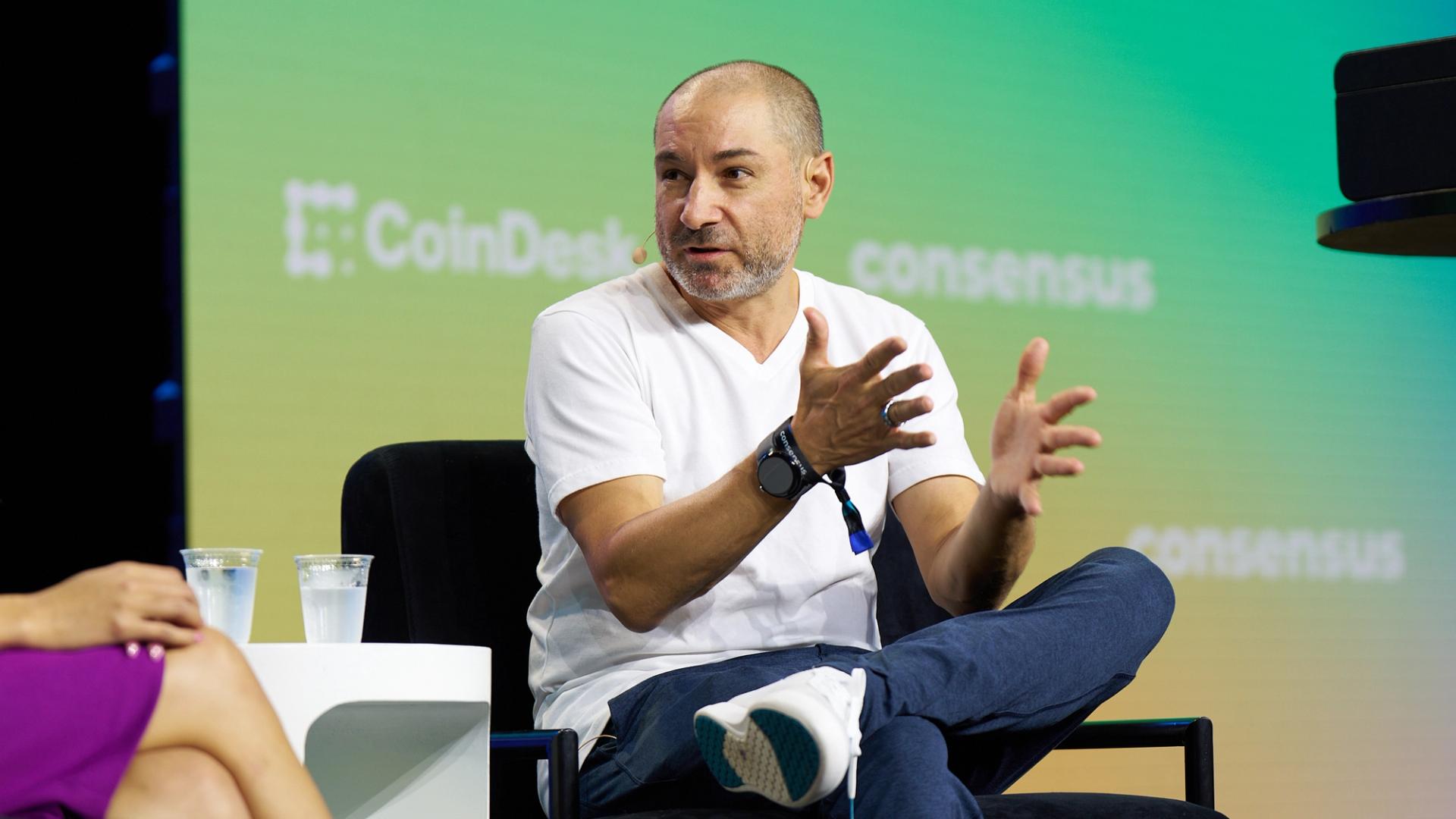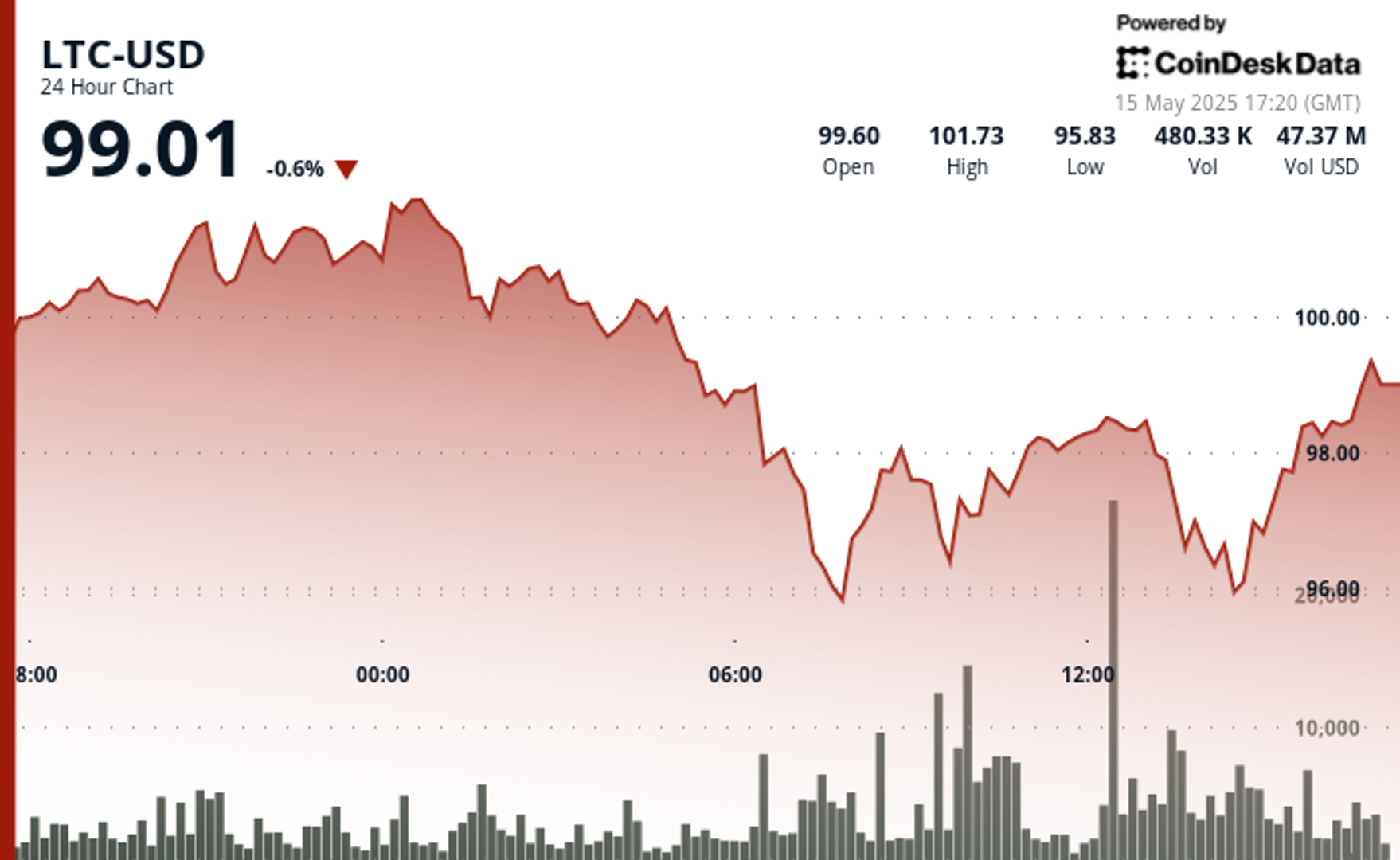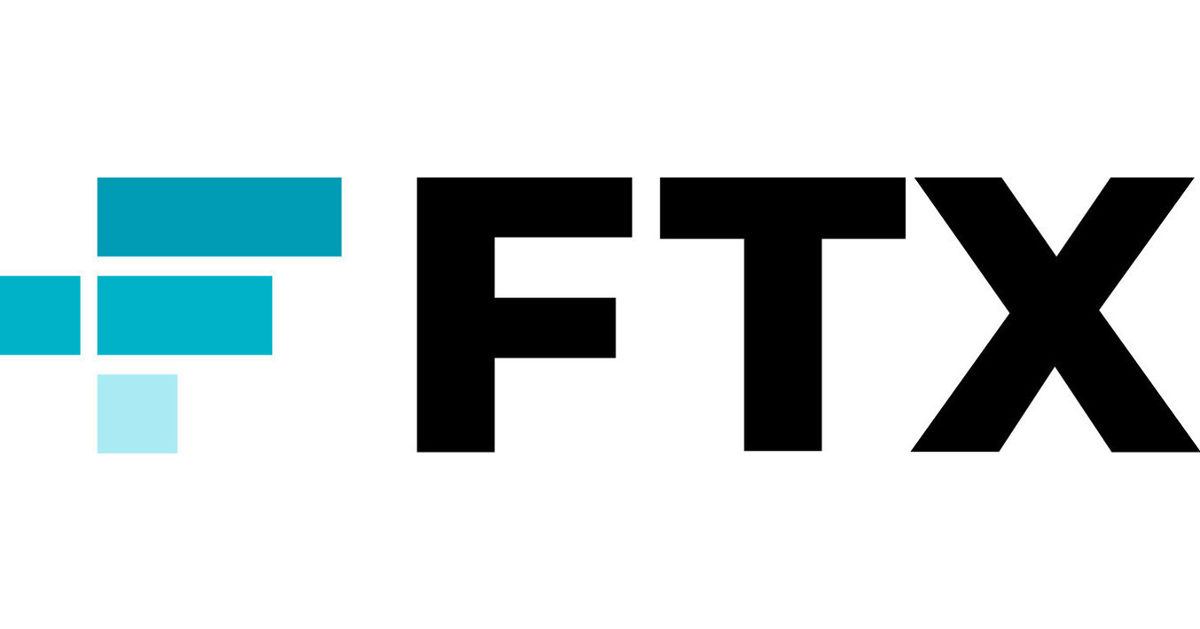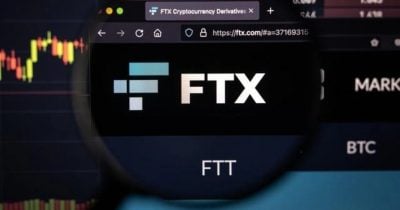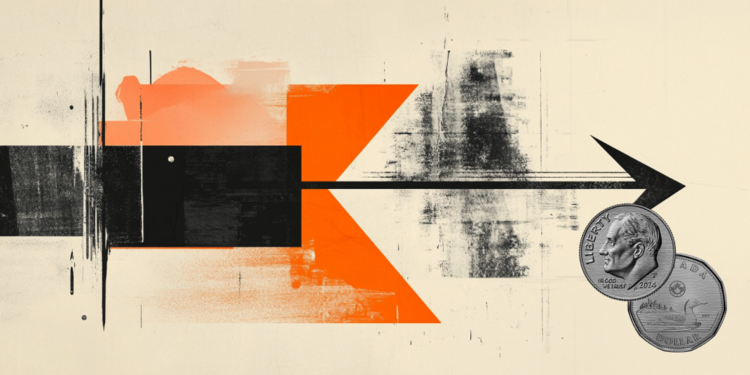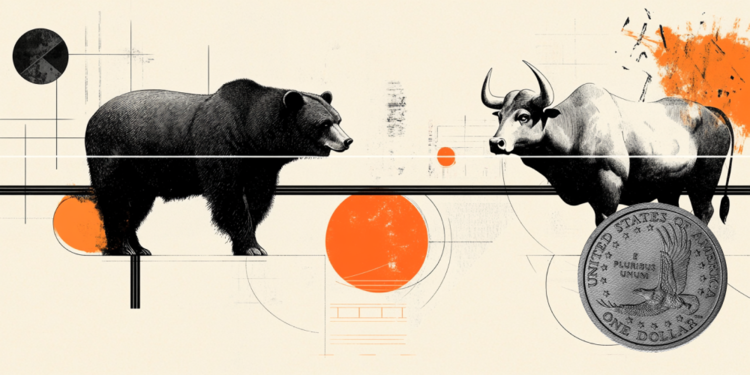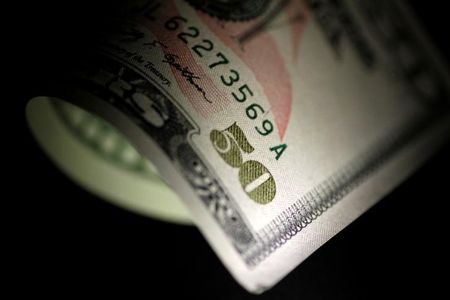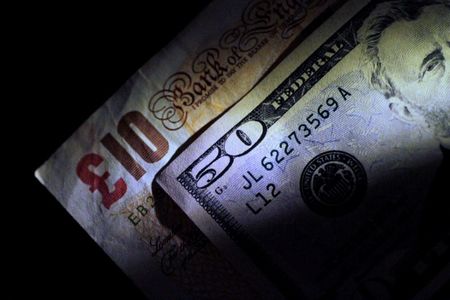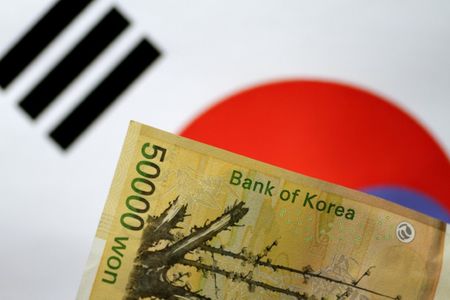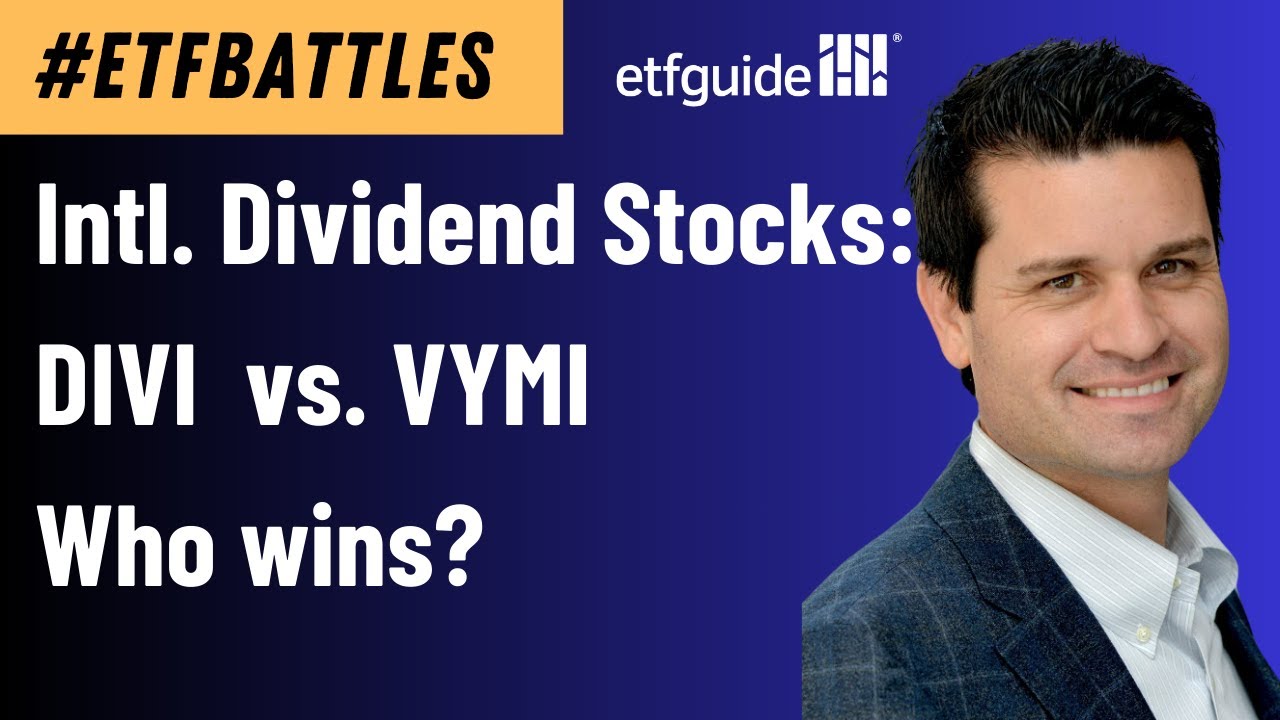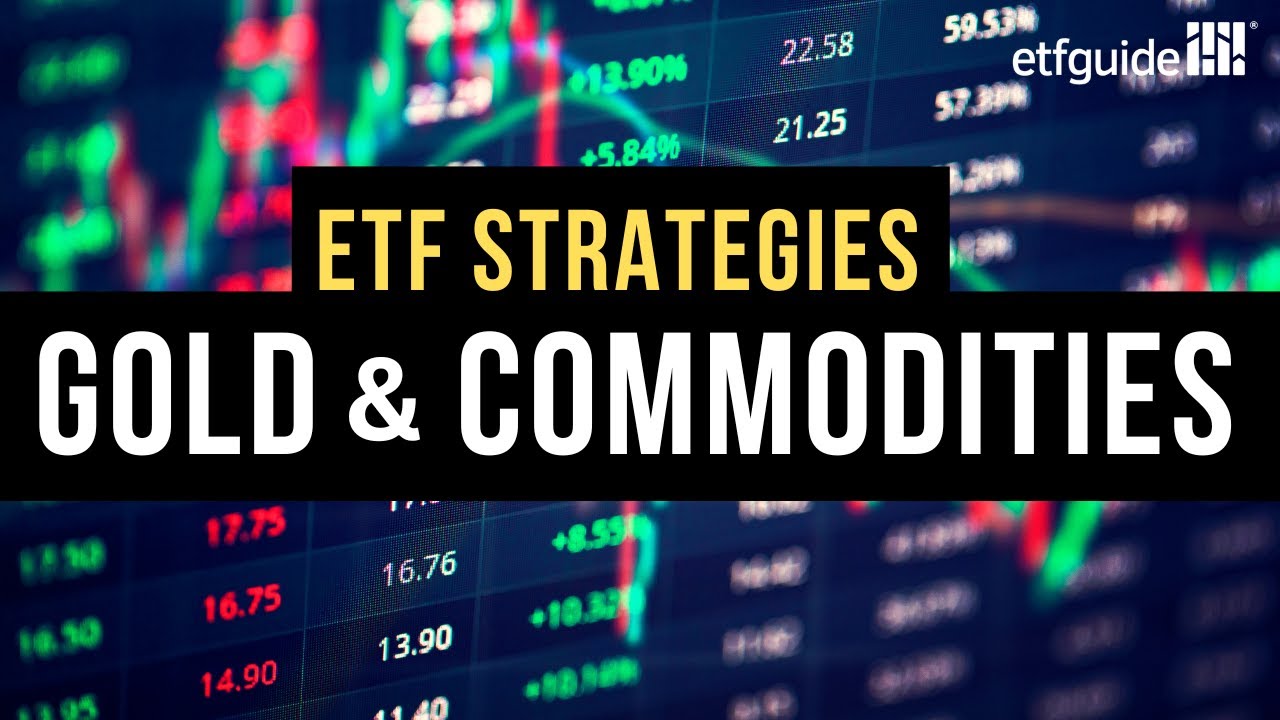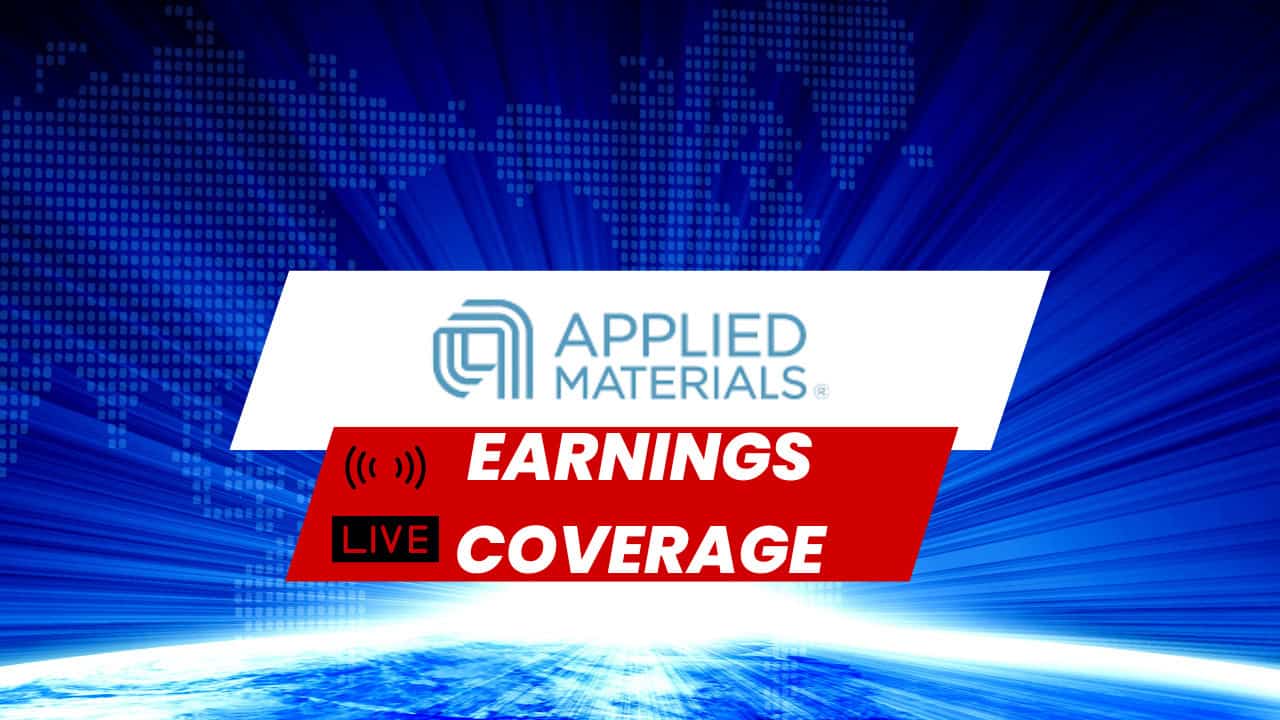I have invested in dividends for 25 years—But these high-yield ETFs beat everything else
I’ve collecting dividends since the turn of the century, and let me tell you, picking stocks isn’t easy. Thankfully, I’ve been able to navigate the stock market’s ups and downs with yield-bearing exchange traded funds (ETFs). During times of economic uncertainty, high-yield dividend stocks can provide an added layer of safety. Share prices may fluctuate, […] The post I have invested in dividends for 25 years—But these high-yield ETFs beat everything else appeared first on 24/7 Wall St..
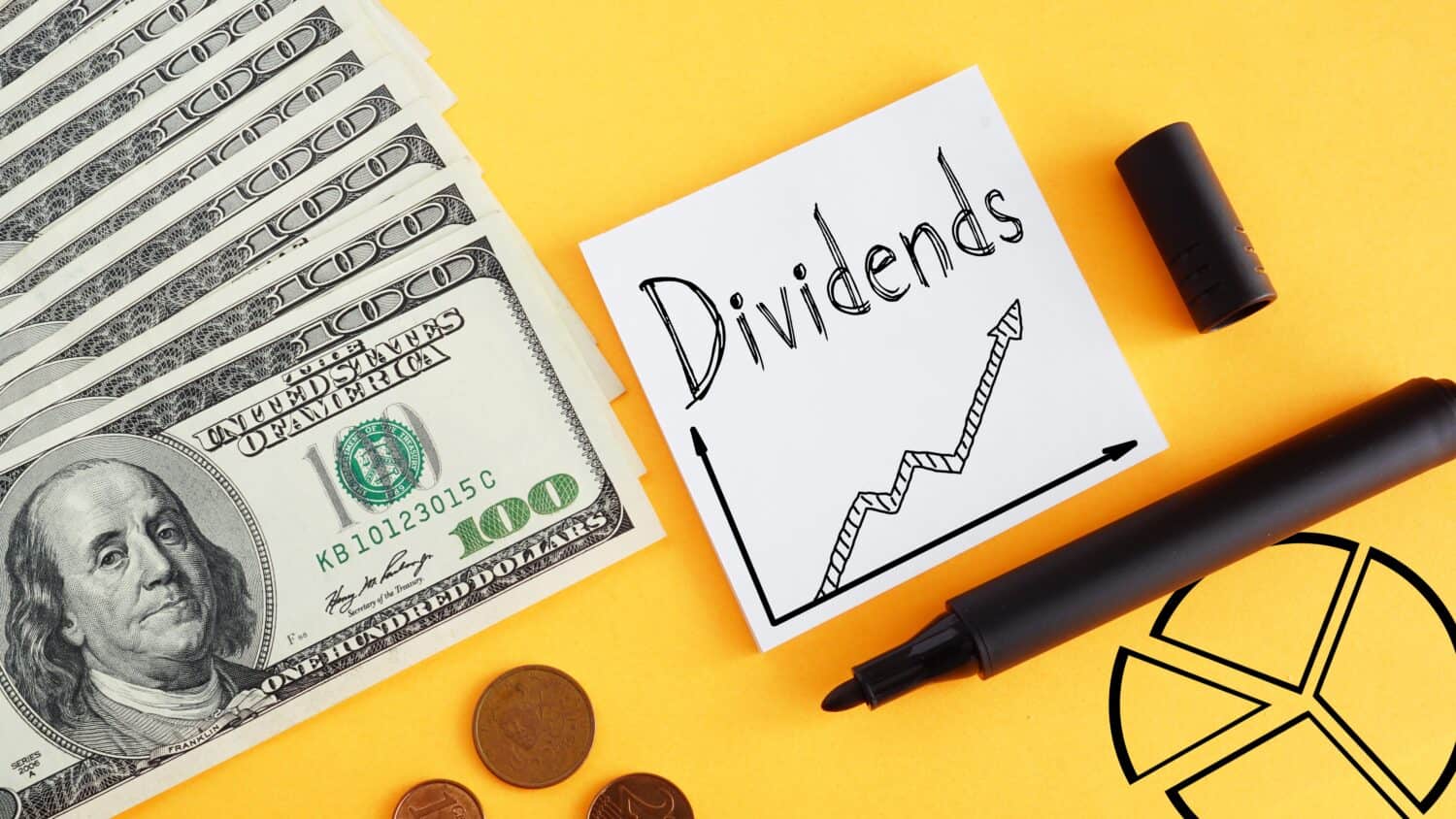
Key Points
-
Vanguard and Fidelity offer ETFs with reliable yields and wide diversification.
-
Additionally, passive income investors should consider several other reputable high-yielding funds.
-
Are you ahead, or behind on retirement? SmartAsset’s free tool can match you with a financial advisor in minutes to help you answer that today. Each advisor has been carefully vetted, and must act in your best interests. Don’t waste another minute; get started by clicking here.(Sponsor)
I’ve collecting dividends since the turn of the century, and let me tell you, picking stocks isn’t easy. Thankfully, I’ve been able to navigate the stock market’s ups and downs with yield-bearing exchange traded funds (ETFs).
During times of economic uncertainty, high-yield dividend stocks can provide an added layer of safety. Share prices may fluctuate, but at least you’ll get those regular cash payments to soften the impact of volatility.
Yet, it’s time-consuming to research and pick out individual stocks. To solve this problem, ETFs can provide immediate diversification and eliminate the need to research stocks. A handful of funds have performed well and delivered robust dividends for me during the past 25 years, and I would like to share these ETFs with you now.
Fidelity High Dividend ETF (FDVV)
During the past quarter-century, I’ve counted on fund manager Fidelity to offer funds featuring safety and credibility. In that vein, few assets provide me with a safe-haven feeling like the Fidelity High Dividend ETF (NYSEARCA:FDVV) does.
Fidelity truly hit the trifecta of dividend ETF features with FDVV: good yield, proper diversification, and low management fees. So, let’s start with the fund’s marquee feature, which is the Fidelity High Dividend ETF’s trailing 12-month distribution yield of 3.16%.
That’s a fancy way of saying that the FDVV ETF historically paid an annual dividend yield of 3.16%. I can’t find any reason for Fidelity to cut the fund’s dividend anytime in the near future, so I expect FDVV to continue offering a yield of around 3% in 2025.
Plus, the Fidelity High Dividend ETF’s holdings are well-diversified across multiple market sectors, from technology to energy, banks, consumer goods, and more. With FDVV, you’ll get a basket of 107 stocks including reliable dividend payers like Apple (NASDAQ:AAPL), JPMorgan Chase (NYSE:JPM), Exxon Mobil (NYSE:XOM), and Coca-Cola (NYSE:KO).
I’ve also learned over the past 25 years that high management fees can reduce your returns over time. As it turns out, the Fidelity High Dividend ETF has an annual expense ratio (the fund management fee that’s automatically deducted from the share price) of 0.16%. That’s just $0.16 for every $100 invested in FDVV, which is quite reasonable and the dividend will more than make up for this.
Vanguard High Dividend Yield ETF (VYM)
While the FDVV ETF features good diversification with its portfolio of 107 stocks, maybe you want more than that. Since the year 2000, I’ve used highly diversified funds to ride out the tough times, and this strategy helps me stay afloat when the market gets turbulent.
For high yield combined with vast diversification, check out the Vanguard High Dividend Yield ETF (NYSEARCA:VYM). It’s brought to you by Vanguard, another trusted fund provider that’s in the same league as Fidelity.
First things first: the VYM ETF offers a 2.69% annual dividend yield, which is nothing to sneeze at. Furthermore, the annual expense ratio for the Vanguard High Dividend Yield ETF is strikingly low at just 0.06%. That’s a bargain price for Vanguard to do all the research, stock selection, and rebalancing for you.
Here’s the game-changing feature of VYM, though. Believe it or not, the portfolio of the Vanguard High Dividend Yield ETF includes a whopping 568 stocks.
That’s even more diversification than the S&P 500. The Vanguard High Dividend Yield ETF provides exposure to practically every well-known dividend paying U.S.-based company, including Apple, Bank of America (NYSE:BAC), Exxon Mobil, McDonald’s (NYSE:MCD), Coca-Cola, and AT&T (NYSE:T).
If it’s a large American corporation that pays a decent dividend, it’s almost certain in the VYM ETF. It’s been a mainstay for me and for countless other yield seekers throughout the 2020s, so consider a diversification deep-dive with the Vanguard High Dividend Yield ETF.
High-Yield ETF Honorable Mentions
I’ve mostly relied on the aforementioned Fidelity and Vanguard funds to bolster my dividend-bearing holdings. However, there are a few other high-yield ETFs worth mentioning.
Businesses that grow their dividends can inspire confidence among income-focused investors. Consequently, you might want to take a look at the ProShares S&P 500 Dividend Aristocrat ETF (BATS:NOBL), which focuses on consistent dividend growers. The NOBL ETF includes 69 stocks, has a 2.46% annual dividend yield, and features a fairly reasonable 0.35% expense ratio.
Meanwhile, the Schwab U.S. Dividend Equity ETF (NYSEARCA:SCHD) bears the solid reputation of a Charles Schwab fund. The SCHD ETF’s expense ratio is dirt cheap at just 0.06%, its annual distribution yield is hefty at 3.72%, and the fund’s 103 stock holdings lean toward financial-sector firms.
Finally, you can round out your passive income portfolio with a real heavy hitter, the JPMorgan Equity Premium Income ETF (NYSEARCA:JEPI). The JEPI ETF’s 128 stock holdings cover the usual suspects among large-cap dividend payers, and the fund’s 0.35% expense ratio isn’t exorbitant. Most notably, however, is JEPI’s dazzling 8.93% annual dividend yield, which might convince you to buy this fund along with all the other dividend ETFs I mentioned today.
The post I have invested in dividends for 25 years—But these high-yield ETFs beat everything else appeared first on 24/7 Wall St..

